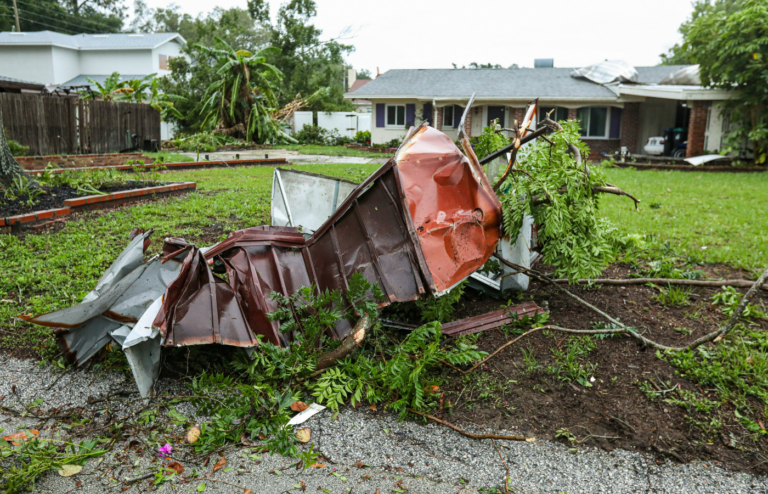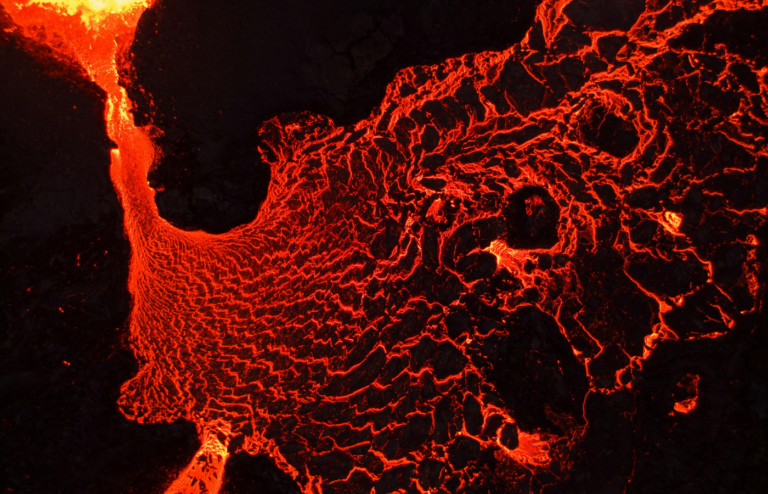When a volcano erupts, it’s more than just a local disaster. Huge eruptions can shake up the weather across the entire planet. From cooling the globe to changing rainfall patterns, volcanoes have a serious impact on our atmosphere.
Let’s explore the top 10 ways volcanoes mess with global weather sometimes for years at a time.
1. They Cool the Planet
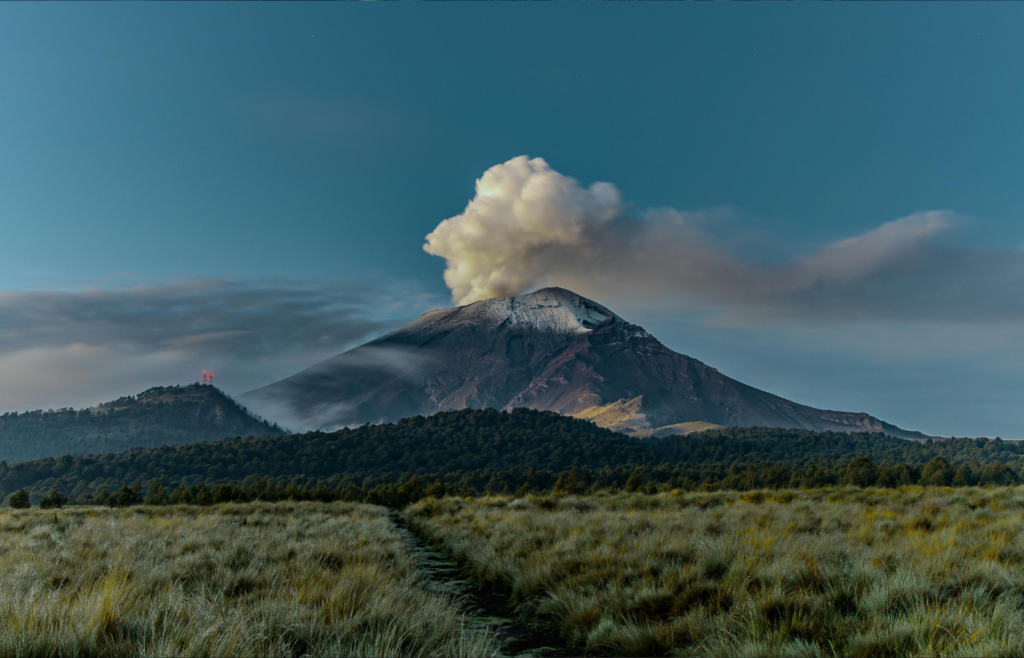
Massive volcanic eruptions can launch sulfur dioxide into the stratosphere, where it forms a reflective haze that blocks sunlight. This cooling effect can last for months or years after Mount Pinatubo erupted in 1991, global temperatures dropped by about 1°F for over a year.
2. They Change Rainfall Patterns

Volcanic eruptions can disrupt rainfall by cooling the surface and shifting jet streams. Some regions may see increased rain, while others experience drought major eruptions have even weakened the Asian monsoon, threatening crops and water supplies.
3. They Strengthen the Jet Stream
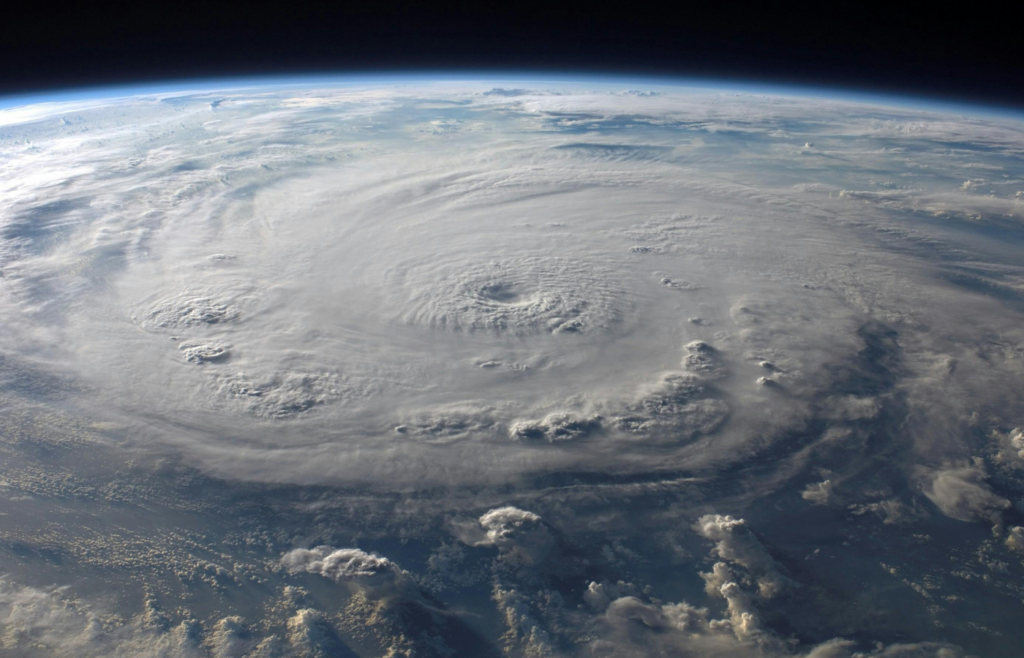
Volcanic aerosols cool and unevenly heat the stratosphere, which can supercharge the jet stream a fast moving air current that drives weather patterns. A stronger, wobblier jet stream can trigger intense storms, sudden cold snaps, or prolonged droughts in various regions.
4. They Can Trigger Harsh Winters
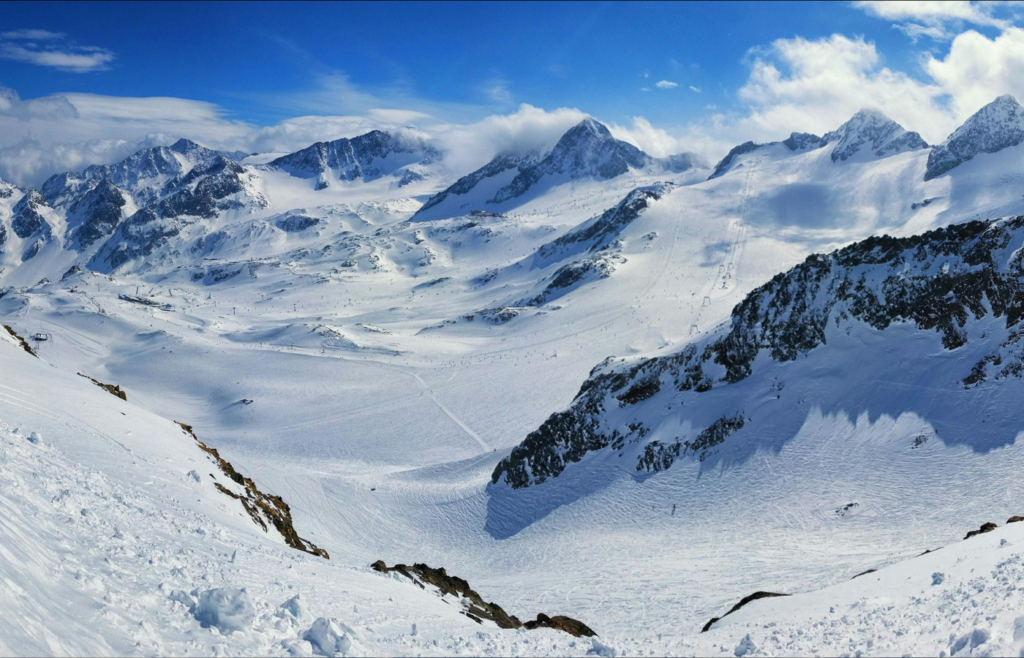
Powerful volcanic eruptions can trap cold air near the surface, leading to harsher winters in regions like North America, Europe, and Asia. After Mount Tambora erupted in 1815, the following year became known as the “Year Without a Summer,” marked by June snow, crop failures, and widespread famine.
5. They Reduce Sunlight Worldwide
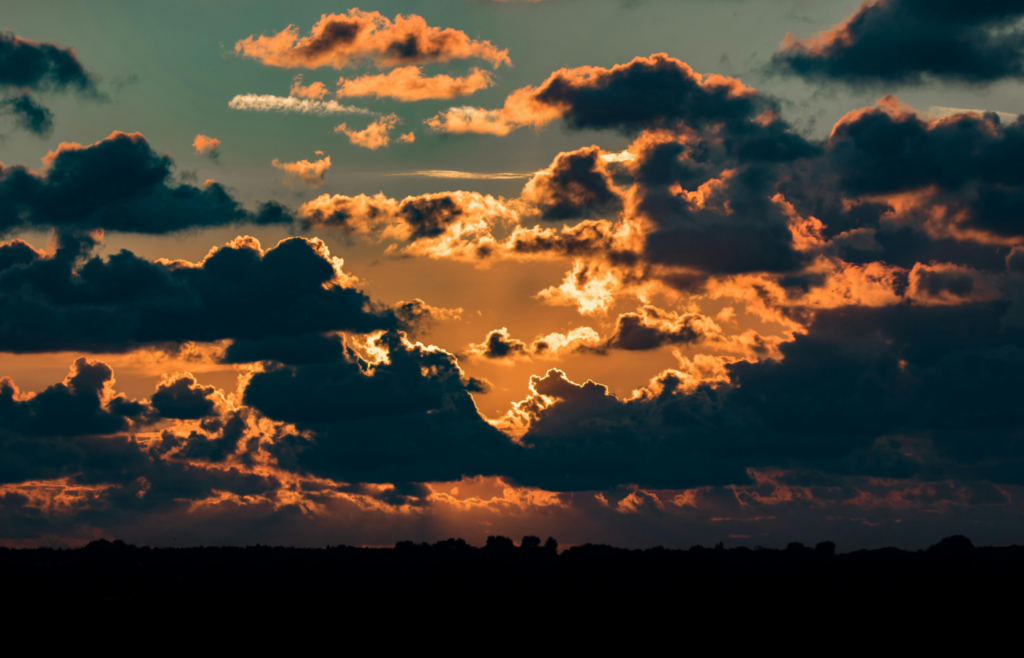
Volcanic ash and aerosols scatter sunlight, dimming skies even thousands of miles from the eruption. This can impact plant growth, reduce solar energy output, and even affect mood though it also creates unusually vivid, colorful sunsets around the world.
6. They Can Disrupt Ocean Currents
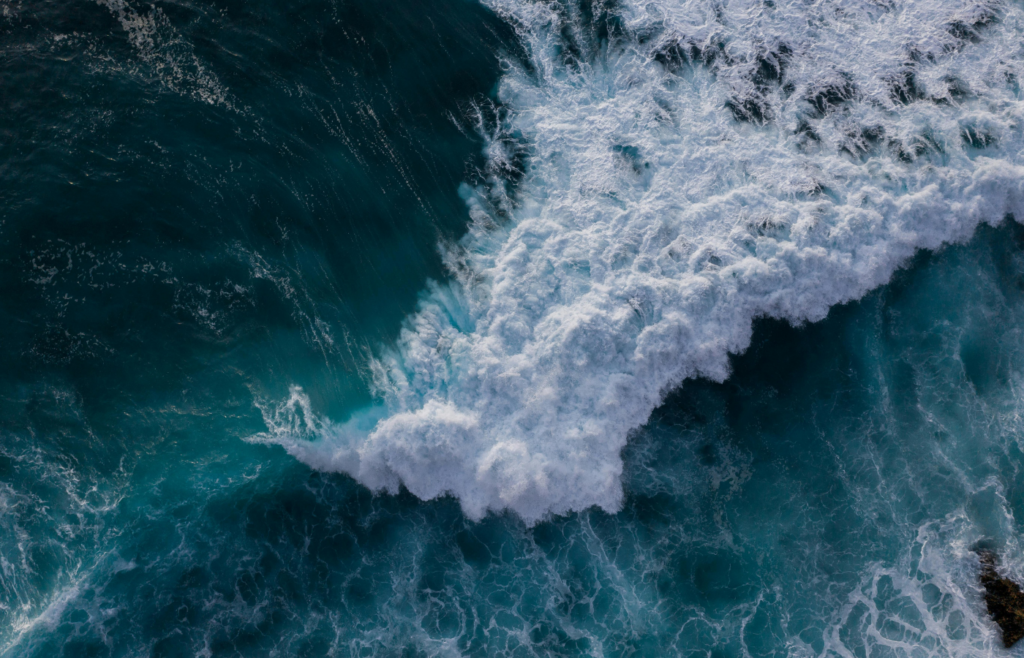
Volcanic eruptions can cool ocean surfaces by blocking sunlight, which may weaken major currents like the Atlantic Meridional Overturning Circulation (AMOC). These disruptions ripple across the globe, altering weather patterns, especially in regions that depend on ocean warmth to stay temperate.
7. They Affect the Ozone Layer

Volcanic gases, especially when mixed with human made pollutants, can accelerate ozone layer damage. Sulfate aerosols provide surfaces that speed up ozone breakdown, allowing more harmful UV radiation to reach Earth’s surface impacting human health, ecosystems, and crops.
8. They Cause Temperature Swings
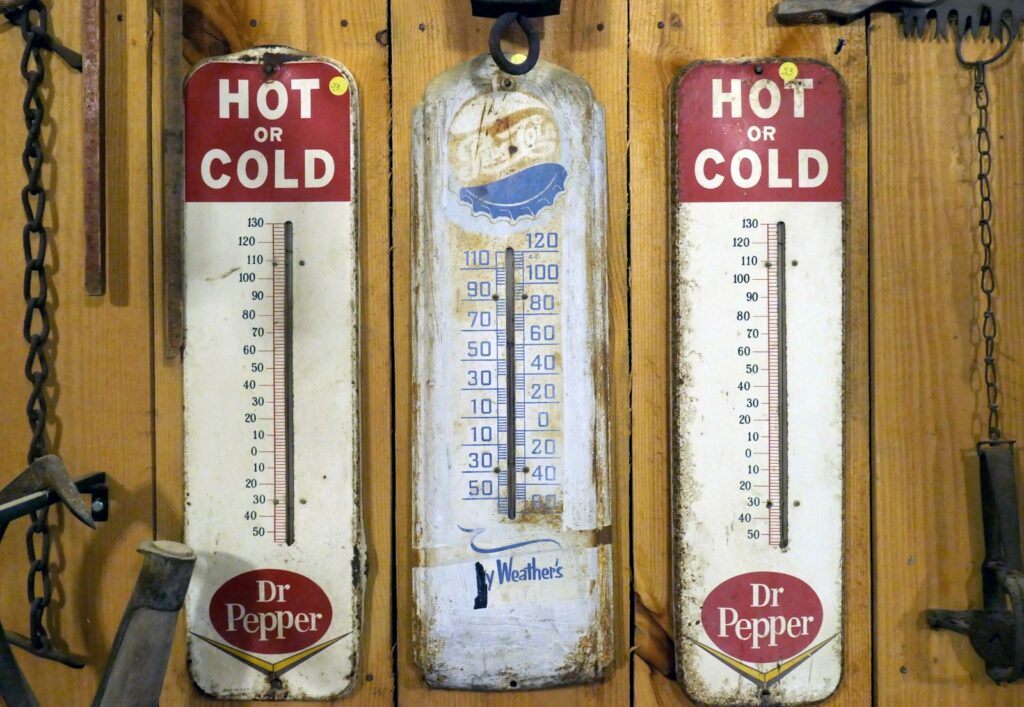
Volcanic gases, especially when mixed with human-made pollutants, can accelerate ozone layer damage. Sulfate aerosols create surfaces that speed up ozone breakdown, allowing more harmful UV radiation to reach Earth’s surface impacting human health, ecosystems, and crops.
Read More: Top 10 Reasons More People Are Quietly Becoming Preppers
9. They Impact Climate for Decades

Volcanic gases, especially when combined with human-made pollutants, can accelerate damage to the ozone layer. Sulfate aerosols create surfaces that speed up ozone breakdown, allowing more harmful UV radiation to reach Earth’s surface affecting human health, ecosystems, and crops.
Read More: Top 10 Items Every Home Should Have for Weather Emergencies
10. They Help Scientists Study Climate Sensitivity

Volcanic eruptions act as natural experiments, allowing scientists to study how Earth’s climate responds to atmospheric changes. This research improves climate models, helps predict future warming, and provides insight into how human-made emissions compare to natural forces.
Volcanoes may seem like local events, but their effects echo through the skies and oceans around the globe. The next time one erupts, chances are it’s not just shaking the ground it’s reshaping the weather too.
Read More: Top 10 Power Alternatives When the Lights Go Out



